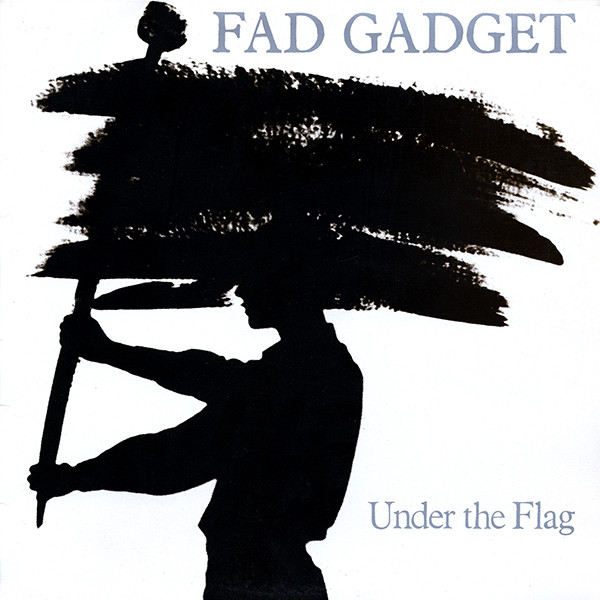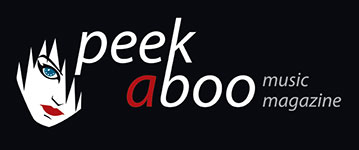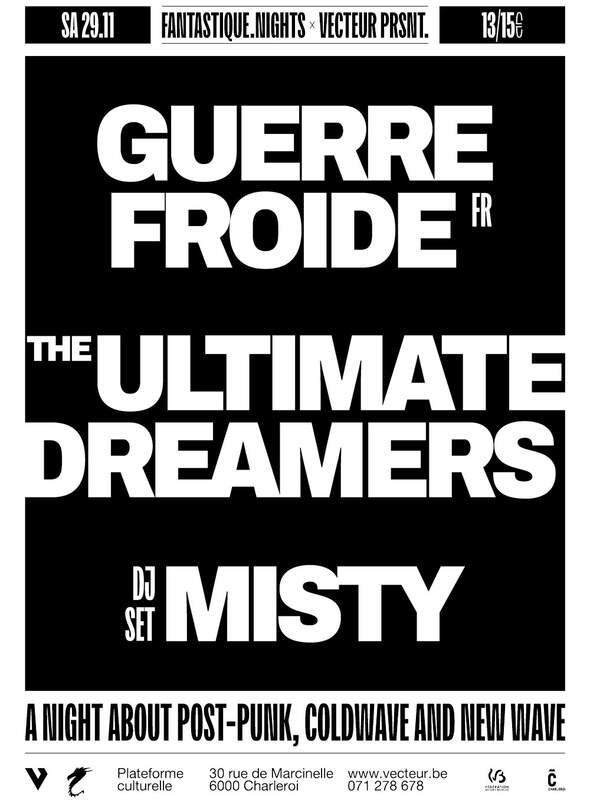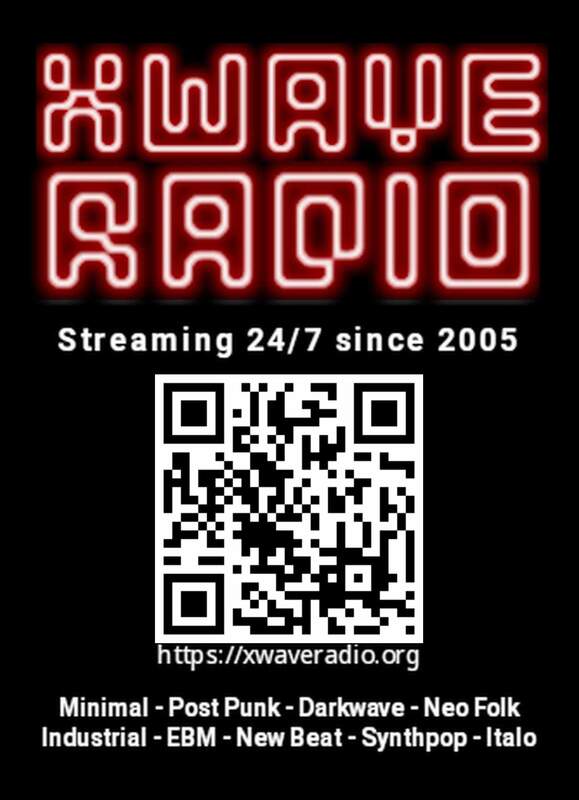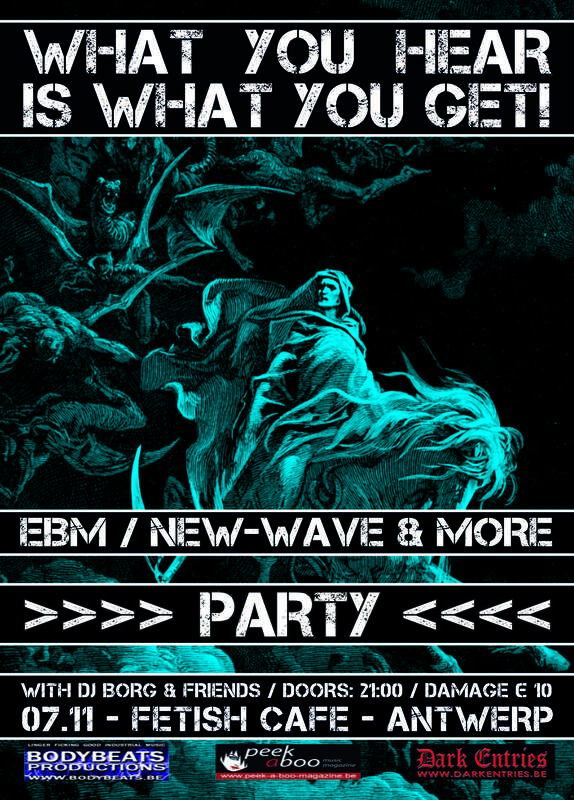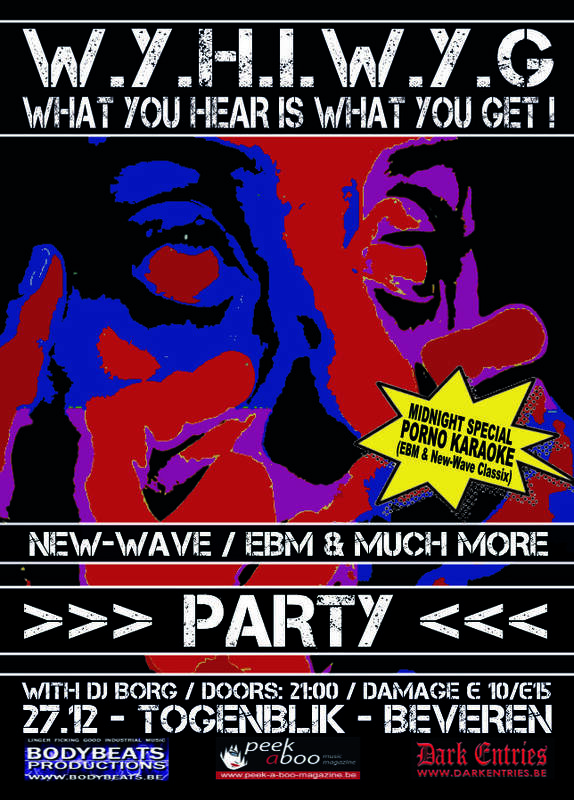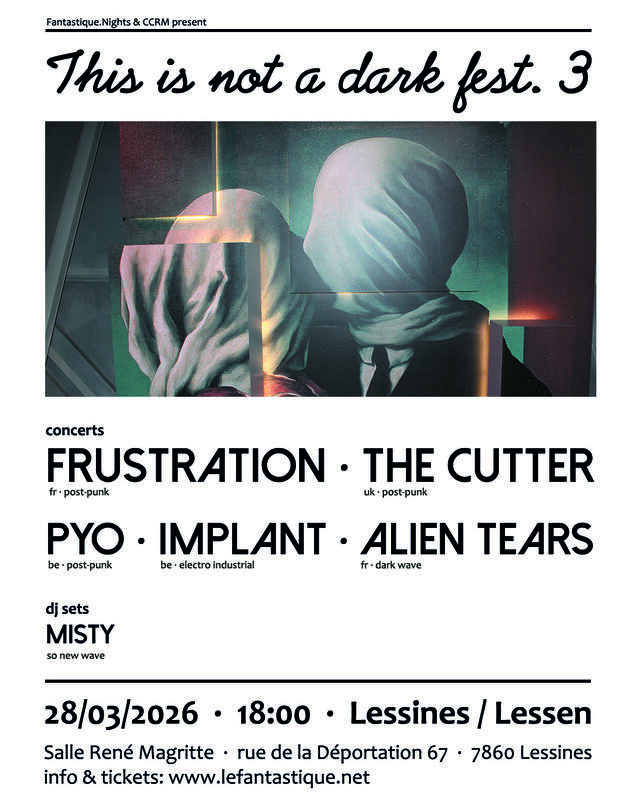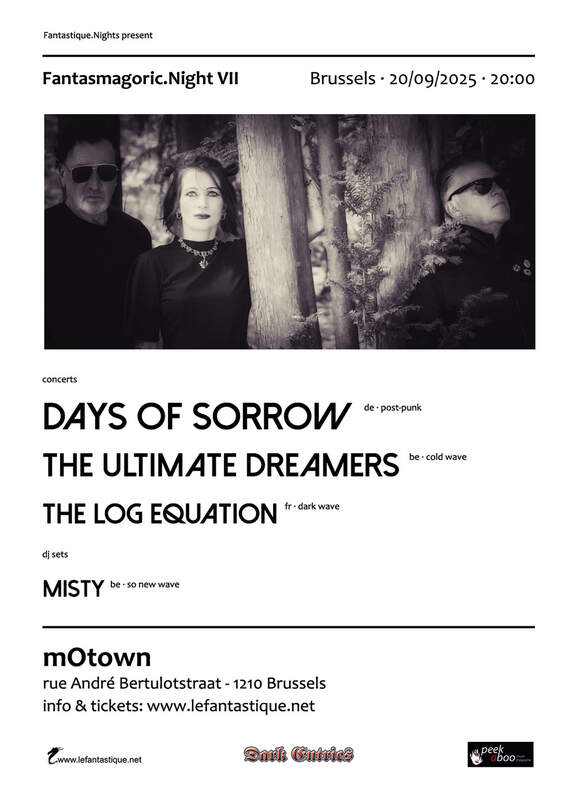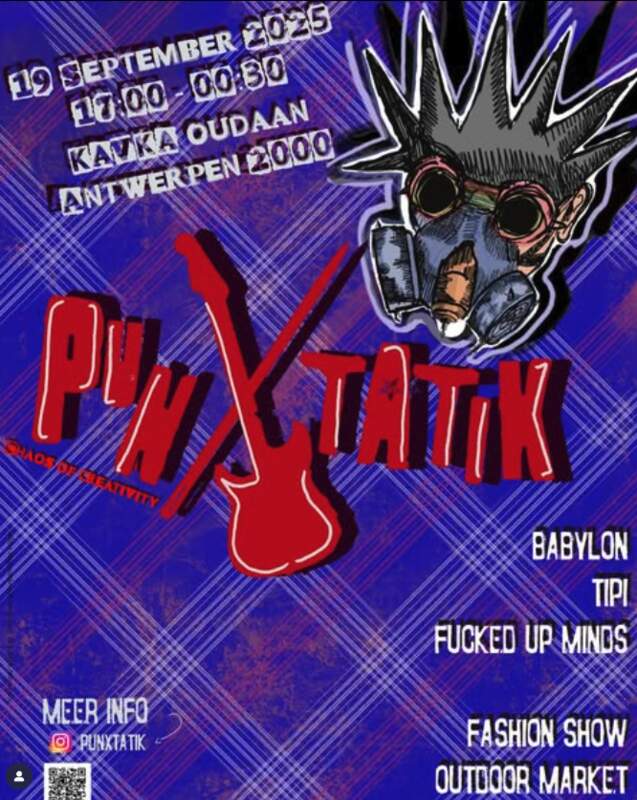Released on September 1, 1982, Today 43 years ago, Under the Flag marked an important turning point in the career of Frank Tovey, better known as Fad Gadget. Coming after his first two albums, Fireside Favourites (1980) and Incontinent (1981), this third full-length release was both musically more sophisticated and lyrically more personal. Whereas his earlier records leaned heavily on satirical social critique, deadpan irony, and abrasive synth-punk minimalism, Under the Flagintroduced a new level of emotional depth, reflecting Tovey’s shifting circumstances as a new father living under the looming shadow of Cold War tensions.
The early 1980s were marked by a widespread fear of nuclear war, and Under the Flag is imbued with this anxiety. Much of the album is concerned with generational responsibility—what kind of world parents are passing on to their children—and with the pervasive influence of authoritarian systems, surveillance, and control. Tovey himself stated that the birth of his daughter in 1981 pushed him toward more personal, urgent songwriting. The title itself implies a sense of enforced unity, suggesting that individuals are subsumed beneath political symbols and national power.
Musically, the album shows a clear evolution in Fad Gadget’s sound. Produced with greater polish than his earlier efforts, it employed the technological innovations of the time: sequencers, drum machines, and synthesizers are central, but they are layered with more nuance and care. The result is colder and more precise than his raw debut, but also richer in texture. This approach aligns the album more closely with contemporaries in the emerging synthpop and industrial scenes, such as Depeche Mode (who were labelmates on Mute Records) and Cabaret Voltaire.
One of the standout tracks, “Life on the Line,” balances mechanical rhythms with tense vocals, underscoring the fragility of existence in a precarious world. The song “Love Parasite” typifies Tovey’s ability to merge dark humor with biting commentary, equating emotional dependence with infection. The title track “Under the Flag” and its sequel, “Under the Flag II,” bring together the themes of personal entrapment and political oppression, culminating in a bleak but compelling statement. “Scapegoat” and “For Whom the Bells Toll” further highlight the atmosphere of dread and inevitability that permeates the record.
Tovey’s vocal delivery is a crucial part of the album’s character. He alternates between icy detachment and urgent, almost desperate intensity, embodying the tension between human vulnerability and mechanized control. His lyrics, while stark, retain a poetic edge, often layering metaphor with biting social observation.
Critically, Under the Flag was recognized as a significant artistic step for Fad Gadget. It didn’t achieve major commercial success—like much of his work—but it cemented his reputation as one of the most daring and forward-thinking figures on Mute Records. The album influenced later generations of electronic and industrial musicians, many of whom admired Tovey’s willingness to confront uncomfortable themes with honesty and experimentation.
In retrospect, Under the Flag stands as a defining work of early ’80s alternative electronic music. It captures both the political paranoia of its time and the personal anxieties of its creator, fusing them into a stark, atmospheric, and emotionally resonant whole. For listeners today, it remains a powerful statement on fear, responsibility, and the struggle for individuality in a world dominated by systems and symbols.
